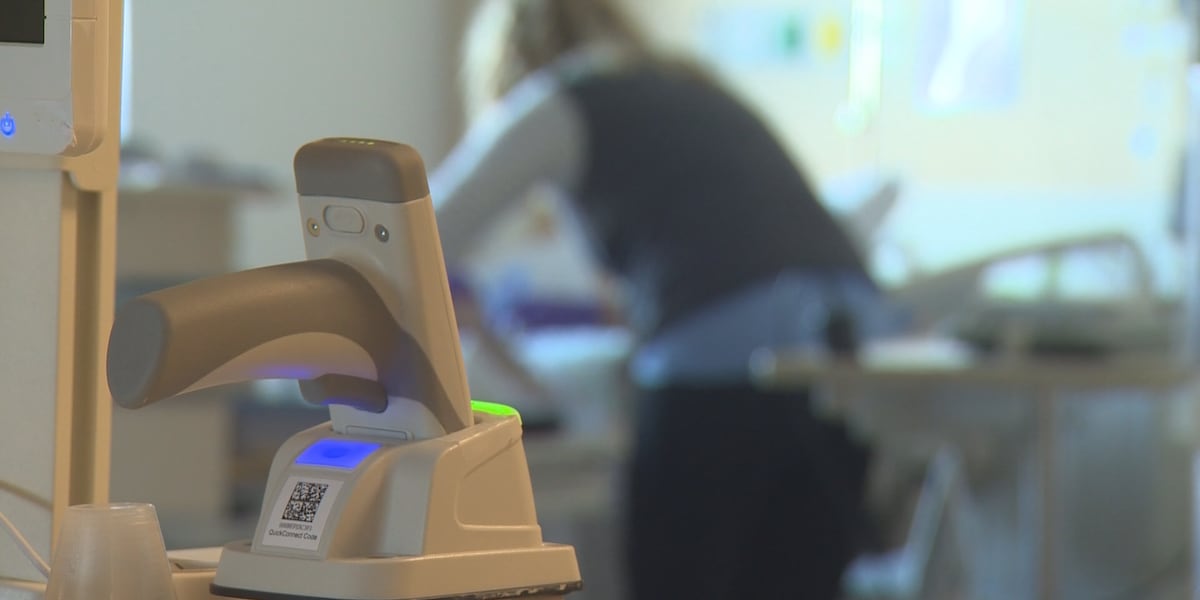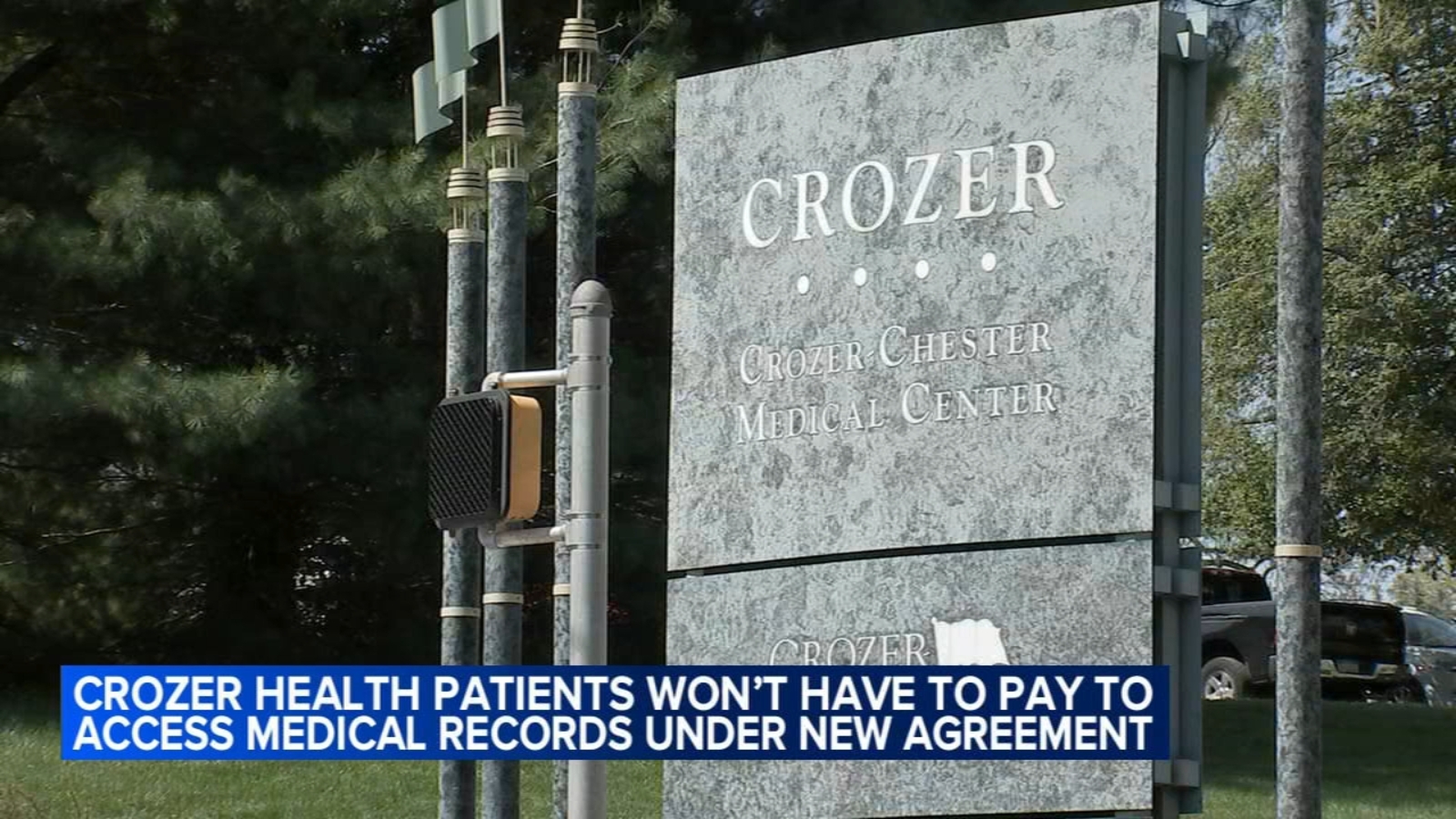Rural New York Faces Healthcare Crisis: Report Reveals Stark Doctor Shortage

Rural New York Faces Healthcare Crisis: Report Reveals Stark Doctor Shortage
A concerning new report from the New York State Comptroller's Office highlights a significant disparity in healthcare access between rural and urban areas. The report, titled “The Doctor is … Out: Shortages of Health Professionals in Rural Areas,” paints a stark picture of the challenges facing rural communities in securing adequate medical care.
The Key Finding: A Massive Doctor Shortage
The central finding of the report is a dramatic shortage of primary care physicians in rural New York. Specifically, rural communities have access to nearly half the number of primary care doctors per 10,000 residents compared to the statewide average. This translates to significantly longer wait times for appointments, reduced preventative care, and potentially poorer health outcomes for rural residents.
Why This Matters: Impact on Rural Communities
The implications of this shortage are far-reaching. Rural communities often face unique healthcare challenges, including an aging population, higher rates of chronic disease, and limited access to specialized medical services. A lack of primary care physicians exacerbates these issues, creating a vicious cycle of poor health and limited opportunities.
Digging Deeper: Factors Contributing to the Shortage
The report identifies several factors contributing to the rural healthcare provider shortage. These include:
- Lower Salaries and Reimbursement Rates: Rural practices often struggle to compete with urban hospitals and clinics in terms of compensation, making it difficult to attract and retain qualified physicians.
- Limited Career Opportunities: Rural areas may offer fewer opportunities for professional development and advancement compared to larger urban centers.
- Professional Isolation: Some physicians find the relative isolation of practicing in a rural area challenging.
- Student Loan Debt: The burden of student loan debt can make it difficult for new physicians to accept lower-paying positions in rural areas.
What Can Be Done? Recommendations for Addressing the Crisis
The Comptroller's Office report includes several recommendations for addressing this critical shortage. These include:
- Financial Incentives: Providing loan repayment programs, tax credits, and other financial incentives to encourage physicians to practice in rural areas.
- Expanding Telehealth Services: Leveraging technology to deliver healthcare services remotely, increasing access to specialists and reducing the need for patients to travel long distances.
- Supporting Rural Hospitals and Clinics: Providing financial assistance and technical support to rural healthcare facilities.
- Investing in Rural Healthcare Education: Creating programs that train and support healthcare professionals specifically for rural practice.
- Streamlining Regulations: Reducing administrative burdens and regulatory hurdles that can discourage physicians from practicing in rural areas.
Looking Ahead: A Call to Action
The report's findings serve as a wake-up call for policymakers, healthcare providers, and community leaders. Addressing the rural healthcare provider shortage is essential for ensuring the health and well-being of all New Yorkers. A concerted effort, involving targeted investments, innovative solutions, and a commitment to rural communities, is needed to reverse this troubling trend and ensure that everyone has access to the quality healthcare they deserve.






